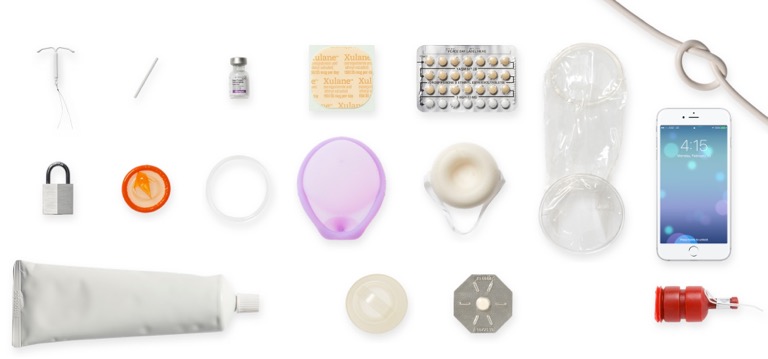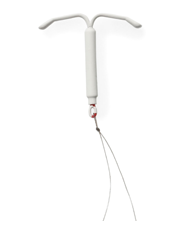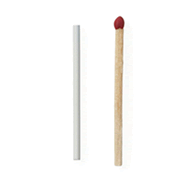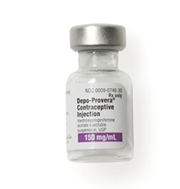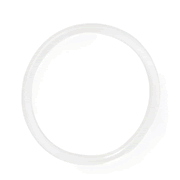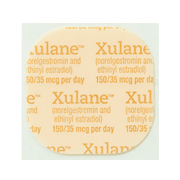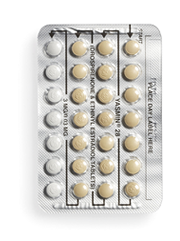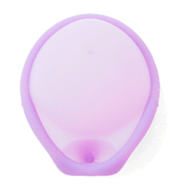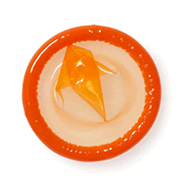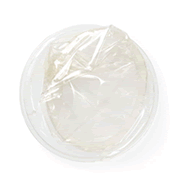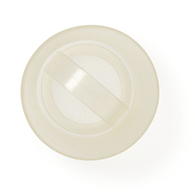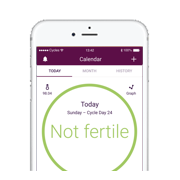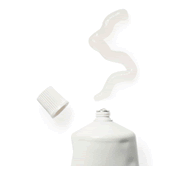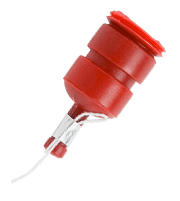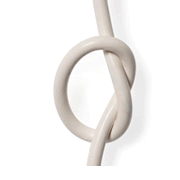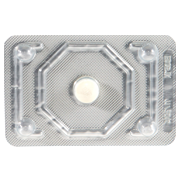What is the Difference Between Hormonal IUDs and Non-Hormonal IUDs?
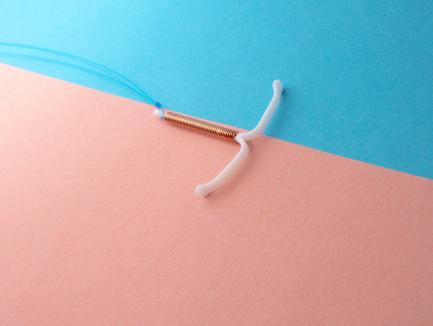
The main difference is...
Intrauterine devices (IUDs) are an increasingly common method of birth control among young people, with 1 in 7 people on birth control using an IUD to prevent pregnancy. So yeah, they’re pretty popular! If you’ve been considering an IUD, you can get it for free or at a low cost at your nearest The Right Time health center. But first, take some time to learn about the differences between hormonal IUDs and non-hormonal IUDs.
The main difference between hormonal IUDs and non-hormonal IUDs has to do with, you guessed it, hormones! Hormonal IUDs, which go by the brand names Kyleena, LILETTA, Mirena, and Skyla, are all made of plastic and release a small amount of progestin hormone. Progestin is a synthetic (human-made ) version of progesterone, which your body makes on its own. Progestin works by thickening cervical mucus, which makes it harder for sperm to enter the uterus, where it could and fertilize (get together with) an egg. For some people, the progestin also prevents or changes ovulation (releasing an egg) so there’s no egg available for the sperm to fertilize. If there’s no ovulation, an egg isn’t available to meet up with the sperm, and if cervical mucus is thickened, it is very difficult for sperm to swim to fertilize an egg. This is how a hormonal IUD prevents people from getting pregnant.
People often decide to use a hormonal IUD because they’d like a method that works very well to prevent pregnancy and could also help make their period lighter or stop altogether. Some hormonal IUDs are also used to treat painful periods. All of the hormonal IUDs can be left in place for up to 3-8 years—with LILETTA and Mirena working for the longest amount of time (8 years).
There is currently only one available non-hormonal (aka copper) IUD in the US, Paragard, though another non-hormonal IUD did just get approved by the FDA, so that’s cool! The non-hormonal IUD is also made of plastic and a small amount of copper. This IUD releases copper ions, making it much less likely that sperm will fertilize an egg and making it harder for a fertilized egg (if there is one) to implant in the uterine lining and begin a pregnancy. Once again, no sperm and no egg means no pregnancy.
People often decide to use a non-hormonal IUD because they want a method that works very well to prevent pregnancy and don’t want/can’t use birth control with hormones, do want a regular period or are looking for the method that can be used for the longest amount of time. Non-hormonal IUDs can make your periods longer or heavier. This type of IUD can be used for up to 12 years.
To talk more about which IUD is right for you, make an appointment with a health provider at your nearest The Right Time health center. They’re available for free or at a low cost, and if you decide you want one, you can get it the same day as your appointment. How convenient!
Related Content

Article
What Should I Do After I Get Diagnosed with an STI?Getting an STI doesn’t change who you are.

Article
How Can I Take Care of My Breast Health?Keeping up with routine preventative health visits can help catch any changes early.
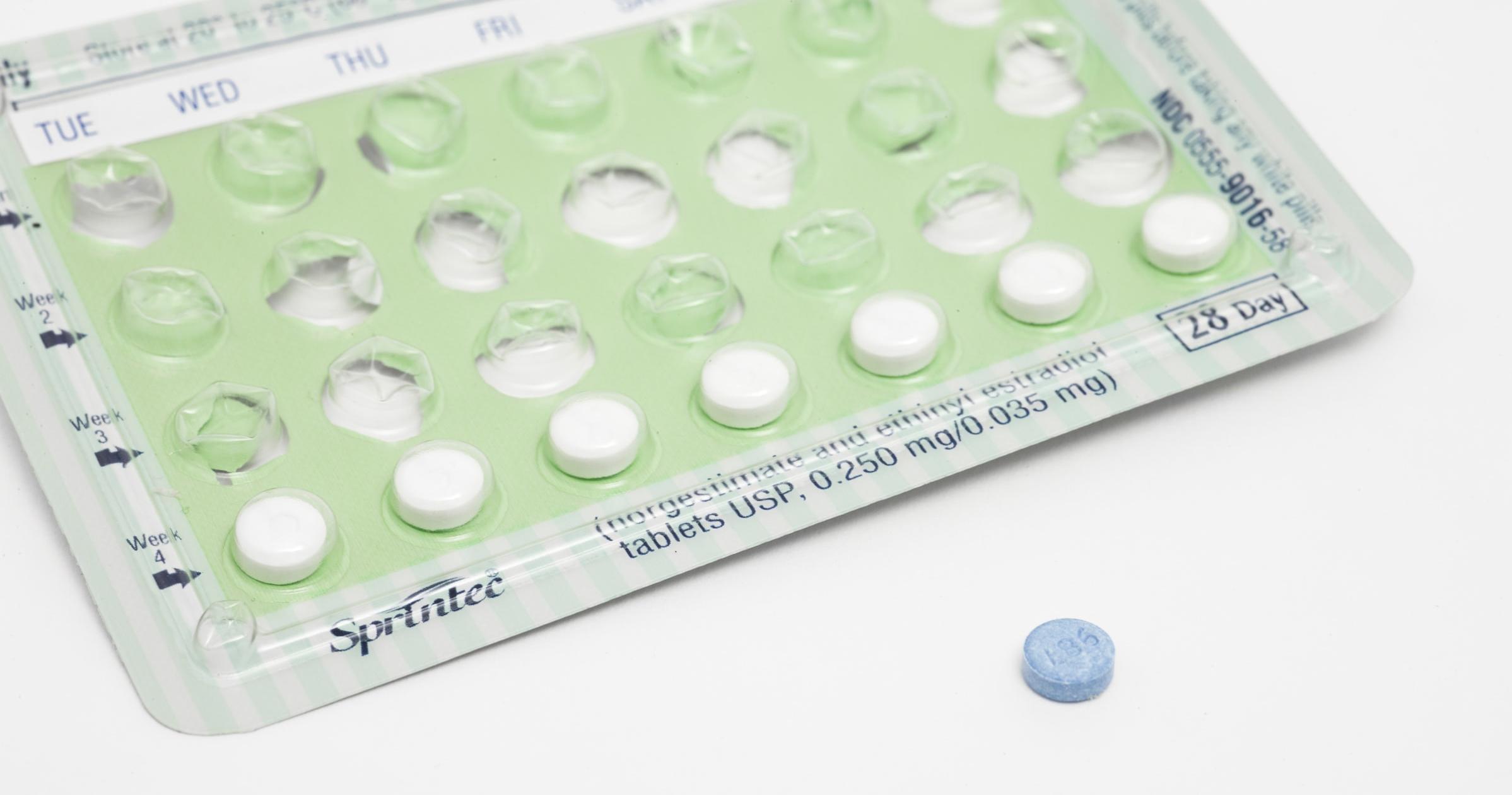
Article
What Do I Do if I Forget to Take My Birth Control Pill?Here’s what you need to know to stay protected.

Article
September Is National Sexual Health Month — Here’s Why It MattersTaking care of your sexual health can look different for everyone.


